What Age is Best to Start ABA Therapy?
Unlocking Potential Early: ABA Therapy for Autism
Introduction
Understanding the optimal age to begin Applied Behavior Analysis (ABA) therapy for children diagnosed with Autism Spectrum Disorder (ASD) is crucial for maximizing the potential benefits of behavioral interventions. This article investigates the pivotal role early ABA therapy plays in child development, particularly focusing on the advantages of intervening during key developmental stages and the diverse outcomes correlated with different starting ages.
The Importance of Early Intervention
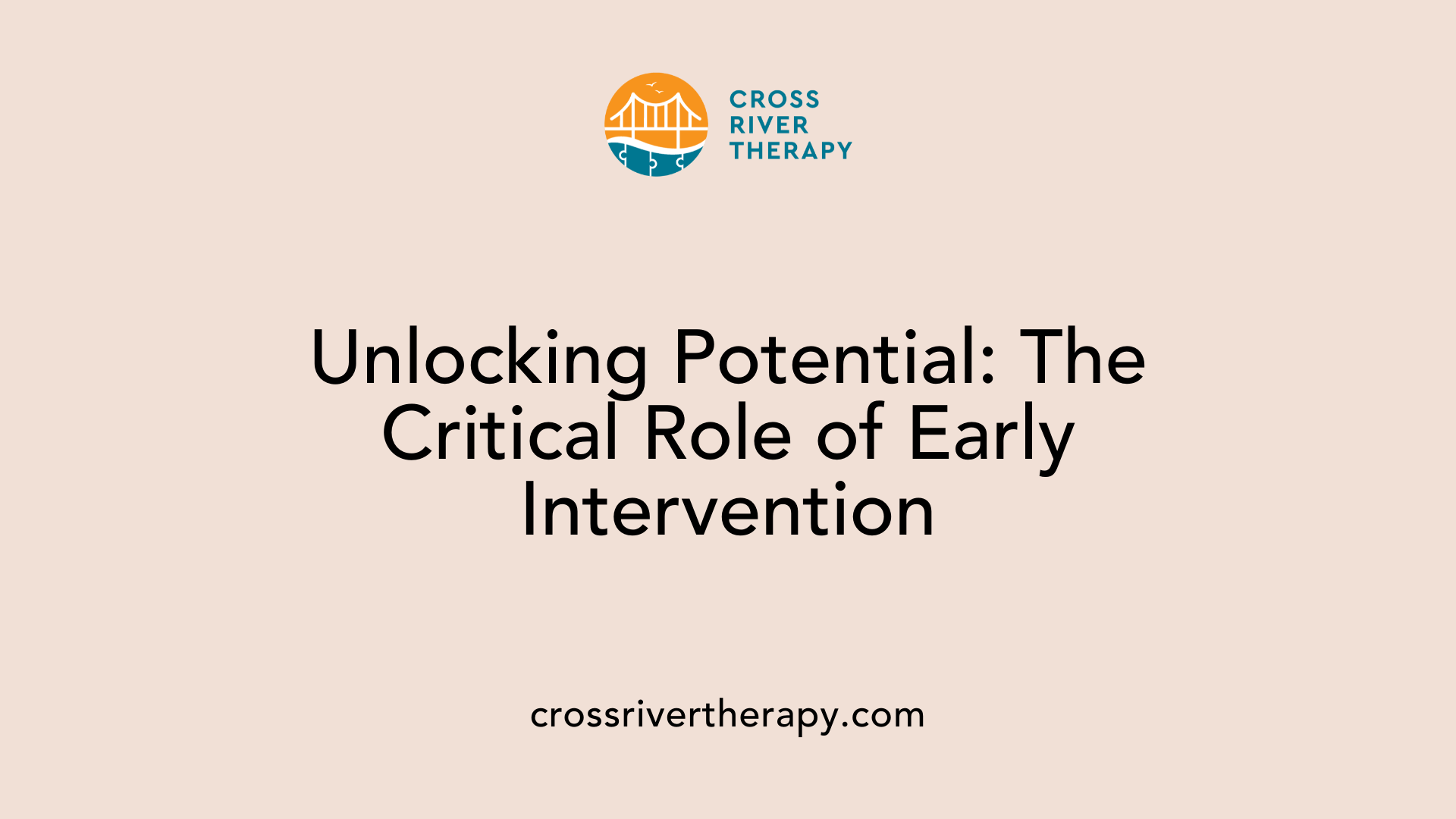
What is the optimal age to start ABA therapy for children with autism spectrum disorder (ASD)?
The best time to begin Applied Behavior Analysis (ABA) therapy for children diagnosed with autism spectrum disorder (ASD) is ideally within the early developmental years, specifically between 0 and 2 years old. Most children enter therapy between ages 2 and 6, as research indicates that early intervention is essential for improving long-term outcomes.
During these formative years, ABA therapy focuses on developing critical skills such as language, social interactions, play, and imitation. These are vital for successful participation in both school and home environments. Early interventions often create a foundational platform, allowing children to learn adaptive behaviors that facilitate engagement with their peers.
How does early intervention benefit language and social skills?
The advantages of starting ABA therapy early are backed by compelling evidence. Studies reveal that children who receive therapy before age 5 demonstrate significant improvements in cognitive and adaptive skills when compared to those who begin treatment later. Moreover, longitudinal studies show that these benefits can last well into adulthood, demonstrating the lasting impact of early intervention.
Programs like the Early Start Denver Model (ESDM) can even be initiated as early as 6 months for high-risk infants, emphasizing social communication. For early learners aged 2-7, more intensive treatment (20 to 40 hours per week) correlates with considerable gains in their skills. This intensity of intervention allows children to build a repertoire of language and social abilities effectively.
By addressing potential challenges early on, families can prevent behaviors from becoming ingrained, facilitating smoother progress in therapy. The consensus among experts is clear: early and immediate intervention not only supports better opportunities for educational access but profoundly enhances social participation.
Starting ABA Therapy: Early Childhood and Beyond
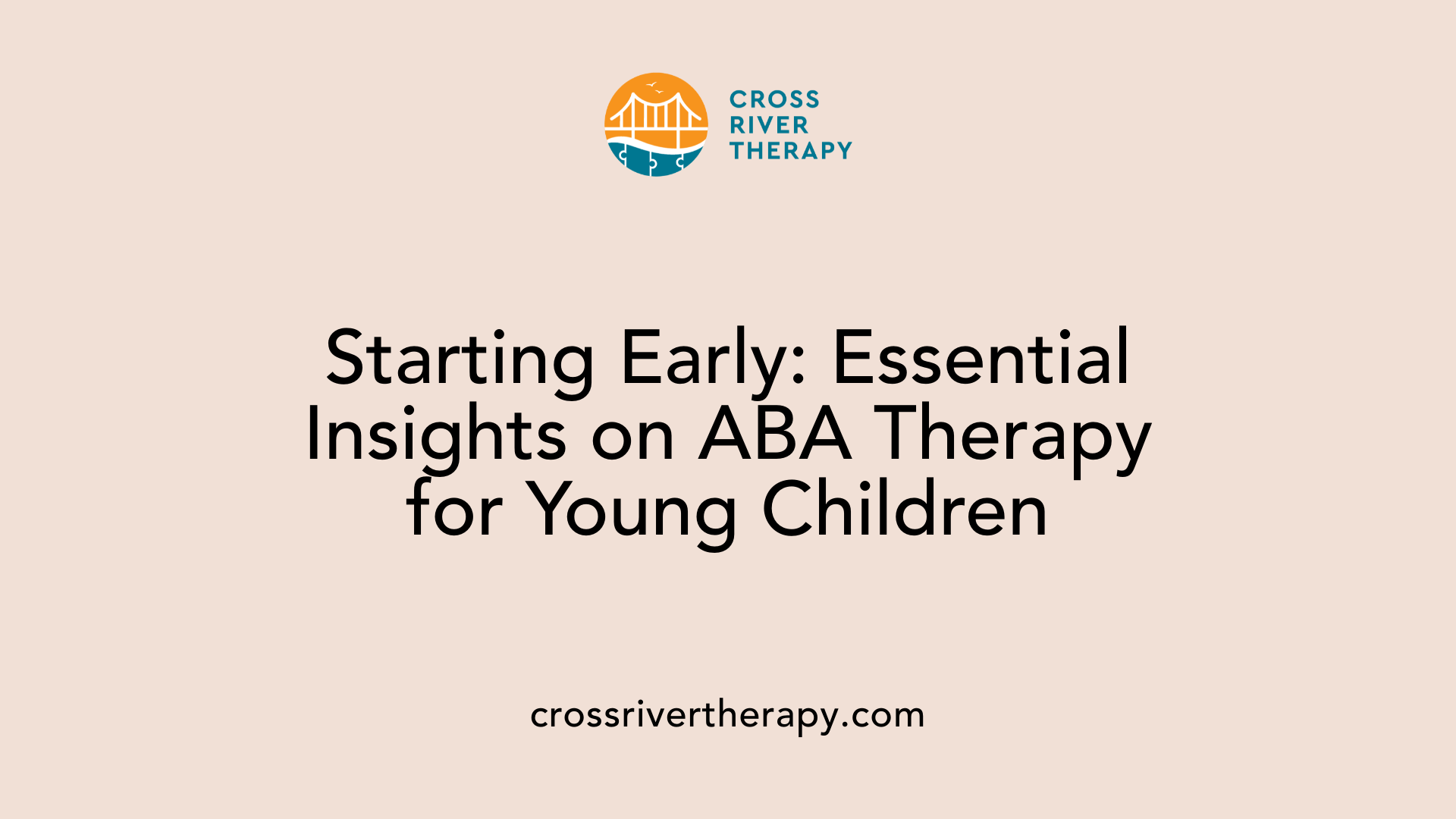
What is the minimum age for starting ABA therapy?
ABA therapy can be employed with infants as young as 6 to 15 months via the Early Start Denver Model (ESDM). This model is rooted in ABA principles and centers on enhancing social communication, with parents playing a crucial role in administering the therapy.
Importance of Early Intervention
Research consistently emphasizes the benefits of initiating ABA therapy early. The ideal time for intervention is during the developmental years, particularly before age four. Most children begin treatment between the ages of 2 and 6, coinciding with the common timing of an autism diagnosis. Intervening at these early stages allows for significant improvements in language, social skills, and adaptive behaviors.
Effective Programs for Young Learners
Programs like Early Intensive Behavior Interventions (EIBI) and ESDM are specifically designed for very young children, typically those aged 2 to 4. For early learners, a higher intensity of therapy, ranging from 20 to 40 hours per week, can correlate with greater skill acquisition and enhanced outcomes.
Long-Term Benefits of Early Therapy
Research shows that children who begin therapy before age five can maintain substantial improvements in cognitive and adaptive skills long into the future. This underscores the necessity of early intervention, facilitating a smoother integration into educational settings and social interactions as they grow.
| Age Group | Therapy Type | Frequency | Benefits |
|---|---|---|---|
| 6-15 months | Early Start Denver Model | Ongoing parental engagement | Enhanced social communication skills |
| 2-4 years | Early Intensive Behavior | 20-40 hours/week | Improved language and adaptive behavior |
| 7+ years | ABA (adapted) | Flexible scheduling | Continued skill reinforcement in real-life contexts |
This emphasis on immediate and sustained intervention seeks to optimize the developmental trajectory for children with autism.
ABA Therapy Across the Lifespan
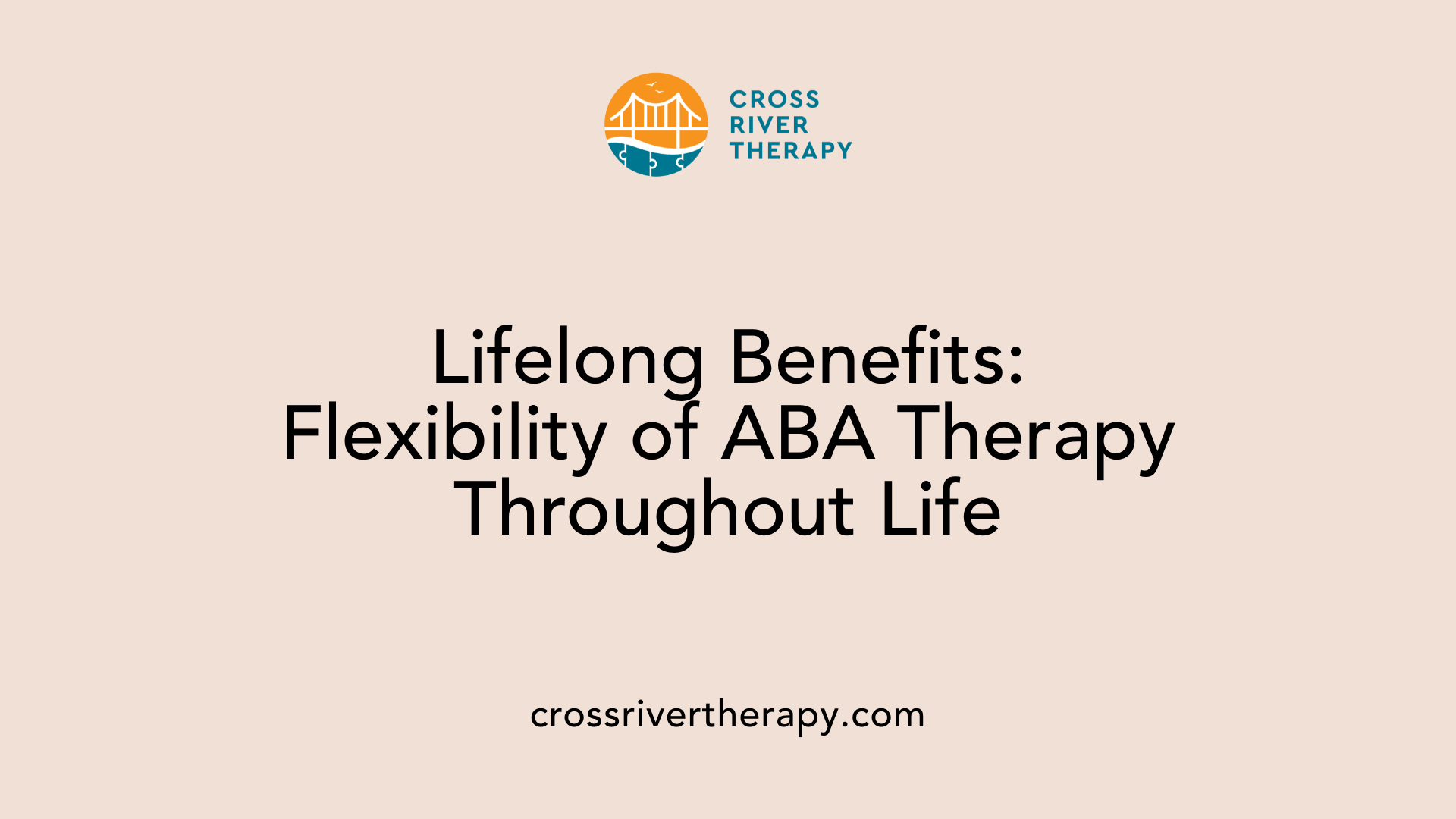
Is there an age limit for starting ABA therapy for children?
There is no strict age limit for starting Applied Behavior Analysis (ABA) therapy for children. Early intervention is known to be most beneficial, ideally before age 4. Many children typically begin therapy between ages 2 and 6. Immediate initiation of ABA can lead to significant improvements in vital skills such as language, adaptive behaviors, and social interactions.
However, ABA principles are adaptable, allowing older individuals to receive therapeutic benefits as well. Research shows that even children diagnosed later can experience positive outcomes. ABA can be applied to improve various challenges across different age groups, from young children to adolescents, and even adults. This versatility enhances the quality of life for individuals whenever treatment begins.
Long-term benefits for older children
Studies highlight that children who receive early ABA therapy not only make immediate improvements but also maintain these gains long-term, with benefits observed even 18 years later. For older learners, such as those ages 7 and above, flexibility in therapy intensity is essential. They may need fewer hours per week, allowing them to engage in social activities and apply learned skills in real-world settings.
The impact of ABA is significant when started early, showing stark differences in progress compared to those beginning therapy at an older age. For instance, children receiving intensive early interventions can develop cognitive and adaptive skills quicker—starting interventions in kindergarten, for example, yields benefits much faster compared to interventions initiated in fourth grade.
To summarize, while early intervention through ABA therapy brings the highest rewards, the approach remains adaptable. By focusing on individual needs, providers can foster growth in individuals of any age, maximizing their ability to navigate everyday challenges and improve social skills throughout their lives.
Impact of Timing on ABA Effectiveness
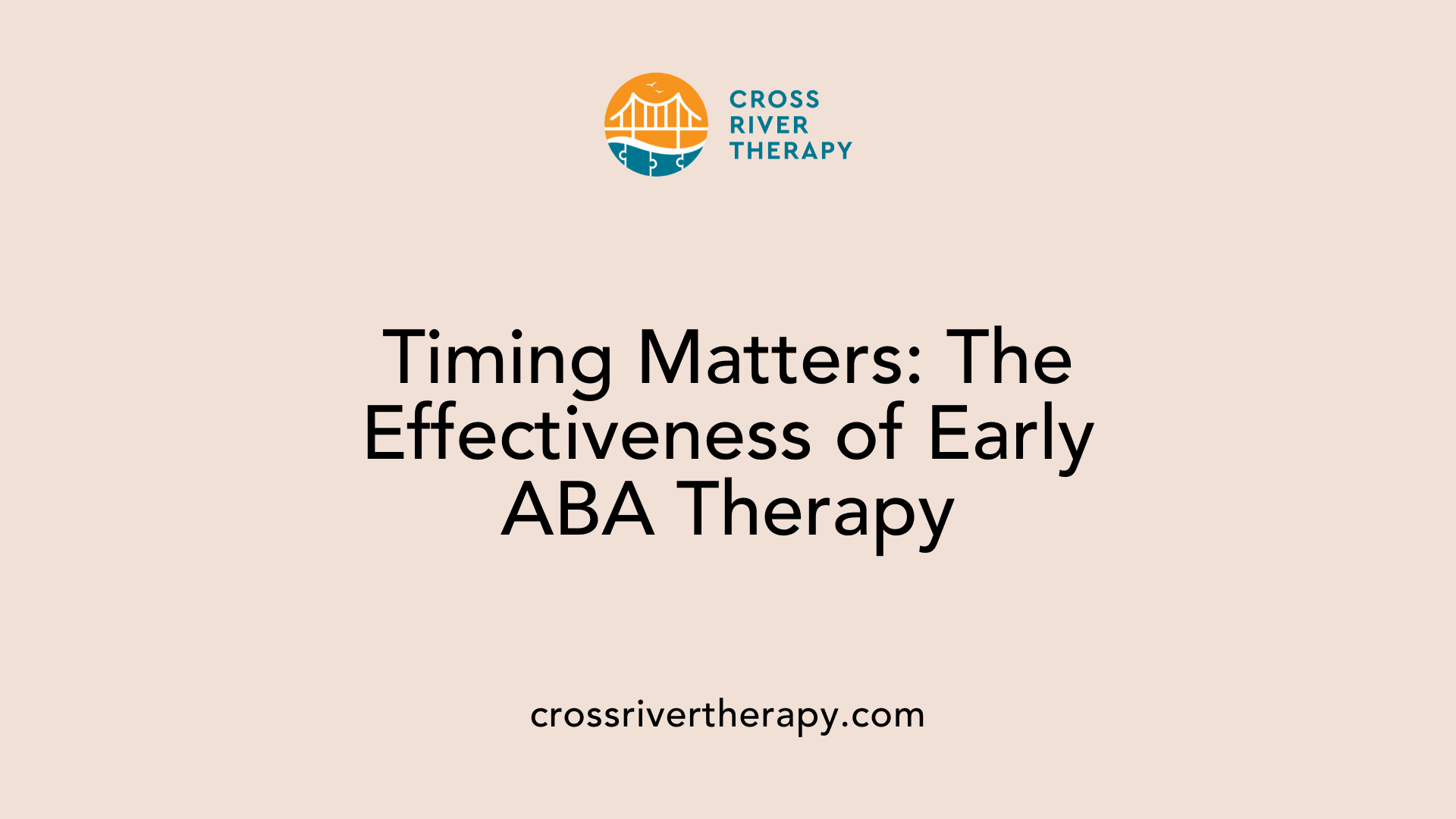
How does starting ABA therapy at different ages affect its effectiveness and outcomes?
Starting ABA therapy at different ages can significantly influence its effectiveness and outcomes. Research consistently shows that early intervention — ideally before the age of four — leads to pronounced improvements in language development, adaptive behaviors, and social skills. This is largely due to the neural plasticity present in younger children, enabling them to absorb and learn new skills more readily.
Children typically receive an ASD diagnosis around the age of two, marking an ideal time to begin therapy. For those starting therapy between ages 2 and 6, particularly with intensive approaches like Early Intensive Behavioral Intervention (EIBI) and the Early Start Denver Model (ESDM), the benefits can be profound. Studies suggest that children who engage with ABA therapy early hold a higher chance of catching up to their same-age peers, with positive effects often lasting well into adulthood.
In contrast, research illustrates that starting treatment later can result in diminished outcomes. For example, a study indicated that intervening with a child in fourth grade takes four times longer to achieve similar progress compared to intervention in kindergarten. Even though ABA can be effectively adapted for older children and adolescents, earlier intervention is strongly recommended for maximizing results.
Long-term studies and evidence
Longitudinal studies reinforce the benefits of early ABA therapy. Children who received early interventions showed improved social interaction and cognitive skills that persisted up to 18 years later. Furthermore, infants identified as high-risk for autism have shown promising outcomes when engaging in early intervention programs like the ESDM, often progressing to a point where they may not require further behavioral intervention by age two.
While younger children often receive a higher intensity of therapy — anywhere from 20 to 40 hours per week — older learners can still gain from less frequent sessions. ABA therapy’s principles can also be applied in everyday settings, encouraging independence and social participation throughout an individual's life.
In summary, while early intervention remains the gold standard in ABA therapy, its principles are adaptable and beneficial for individuals of any age, highlighting its vital role in supporting skill development and quality of life.
Structuring ABA Therapy: Weekly Hours and Intensity
Are there specific recommendations for ABA therapy regarding the number of hours needed per week?
The recommended weekly hours for ABA therapy vary based on the individual needs of children, but typically range from 10 to 40 hours.
Intensive therapy, which often spans 25 to 40 hours per week for 1 to 3 years, shows significant improvements in several developmental areas like language and social skills.
Younger children, specifically those under the age of 3, often flourish with around 25 to 30 hours of ABA therapy per week. Those closer to age 3 may benefit even more, with recommendations rising to 30 or more hours.
According to the Behavior Analyst Certification Board, 30 to 40 hours weekly tends to provide effective results, allowing therapists to adjust as the child’s skills and developmental goals evolve. It’s essential that each ABA plan is personalized to cater to the unique circumstances of the child.
Correlation with outcomes
Research firmly supports a correlation between the intensity of ABA therapy and improved outcomes.
Here’s a breakdown of how increased hours relate to skill acquisition:
| Age Group | Weekly Hours | Expected Outcome |
|---|---|---|
| Infants (0-1) | 10-15 hours | Basic communication skills |
| Toddlers (2-3) | 25-30 hours | Enhanced language and social interaction |
| Preschool (4-5) | 30-40 hours | Significant cognitive and adaptive skills improvement |
| Older children (7+) | 10-20 hours | Benefits in applying learned skills in real-world settings |
Overall, aligning the intensity of ABA therapy with specific age-related developmental milestones enhances the likelihood of impactful behavioral improvements.
Comparing Behavioral Interventions for Children
How is behavior therapy recommended for young children with ADHD different from ABA therapy for children with ASD?
Behavior therapy for young children with ADHD is mainly a family-centered approach that focuses on parent training in behavior management. Its goal is to reduce disruptive behaviors and enhance compliance, making it essential for parents to be actively involved in the process. In contrast, Applied Behavior Analysis (ABA) therapy for children with Autism Spectrum Disorder (ASD) operates on a different premise. ABA is generally more structured and individually tailored, emphasizing teaching specific skills through intensive one-on-one interventions.
While behavior therapy for ADHD is the first recommended treatment for children under 6 due to concerns regarding medication side effects, ABA therapy can be implemented in a variety of settings. The approach often involves comprehensive, data-driven strategies aimed at modifying behavior and enhancing skills. Furthermore, ABA therapy mainly focuses on behavioral modification, skill acquisition, and social interaction rather than the educational strategies characteristic of ADHD treatment.
This distinction is crucial, as ADHD strategies are often more family-focused, whereas ABA is more personalized and oriented toward specific skill sets crucial for children with ASD.
| Comparison | Behavior Therapy for ADHD | ABA Therapy for ASD |
|---|---|---|
| Primary Focus | Parent training and behavior management | Skill teaching and individual interventions |
| Delivery Method | Family-centered | Structured, often one-on-one |
| Age of Recommendation | Under 6 years | Begins at age 2, as soon as diagnosed |
| Application in Settings | Educational and home environments | Various settings, not limited to clinics |
| Objectives | Reduce disruptive behaviors | Modify behaviors and enhance social skills |
| Data-Driven Approach | Less emphasis, more qualitative focus | Strong emphasis on data and outcomes |
Understanding these differences is vital for parents and educators to choose the right intervention for children based on their specific needs and behaviors.
Understanding the Controversy Around ABA Therapy
Is ABA therapy considered harmful?
ABA therapy has generated considerable debate within the autism community and beyond. Supporters highlight its effectiveness in helping children develop critical skills and reduce challenging behaviors. Many professionals advocate for its structured approach, claiming that for numerous children, it leads to meaningful improvements in language, social interaction, and adaptive skills.
However, critics have raised concerns regarding certain methodologies associated with ABA therapy. One significant point of contention is the potential emphasis on compliance with neurotypical standards, which could undermine a child's individuality and emotional well-being. Critics argue that, in some instances, the pressure to conform can result in stress and a negative impact on the child’s mental health, especially if punitive measures are employed.
The rise of modern ABA practices aims to address these issues by promoting positive reinforcement and individualized, child-centered interventions. Today, many ABA practitioners focus on creating supportive environments that respect a child's unique needs and experiences. This shift in approach emphasizes the importance of understanding and accepting autistic individuals rather than attempting to mold them into societal norms.
In summary, while ABA therapy can be beneficial for many, it is vital to implement it thoughtfully. Balancing effective interventions with respect for each child's autonomy is essential to harnessing the full potential of ABA therapy without compromising individuality.
Deciding When to Transition Out of ABA Therapy
When is it appropriate to stop ABA therapy?
Transitioning out of ABA therapy involves careful consideration of a child's progress and needs. ABA therapy can be appropriately stopped when a child has achieved their targeted developmental goals and demonstrated consistent improvements across various environments.
Collaboration is crucial in this decision-making process. Parents, family members, and a Board Certified Behavior Analyst (BCBA) should work together to assess the child’s ability to maintain and use learned skills independently.
Key indicators for stopping therapy include:
- Significant improvements in communication and socialization skills.
- The child's consistent and spontaneous use of skills in everyday settings.
- Long-term maintenance of learned behaviors without prompting.
- Lack of progress after an adequate trial period may signal the need for a reassessment—either to adjust strategies or discontinue the current approach.
Planning transition
Preparing for the transition from ABA therapy is essential to ensure a smooth adjustment for the child. Families should create ongoing support plans that continue to foster the child's development in real-world settings.
Strategies to consider include:
- Encouraging independence by setting relatable goals and expectations.
- Continuing to practice newly acquired skills in diverse environments.
- Implementing positive reinforcement methods at home to support ongoing learning.
By paying attention to development milestones and the individual needs of the child, families can effectively decide when it is the best time to end formal ABA therapy.
Key Strategies for Maximizing ABA Therapy Benefits
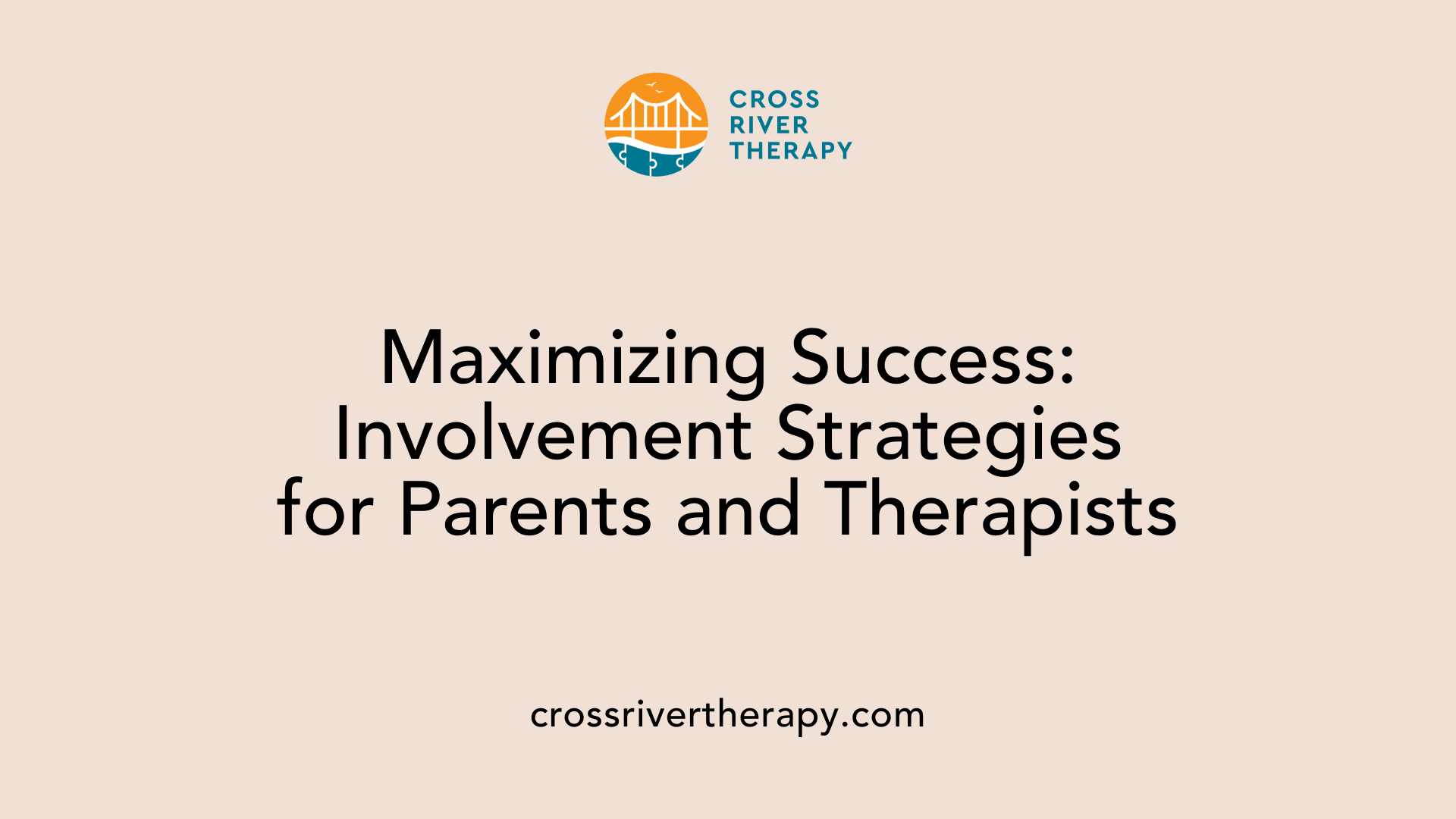
Role of Parents and Environment in Therapy
The support and involvement of parents are fundamental in maximizing the benefits of ABA therapy. Parents can reinforce the skills taught in therapy sessions by integrating them into daily routines. This practice not only provides consistency for the child but helps make learning relevant and practical.
Creating a supportive home environment is equally important. Structured routines, clear expectations, and positive reinforcement encourage skill acquisition and generalization to various settings. Families can also seek community resources or support groups to share experiences and strategies, enhancing their child's development.
Ongoing Adaptations for Growth
As children engage with ABA therapy, it’s crucial to adapt interventions to meet their evolving needs. Regular assessment of progress allows therapists to modify goals and techniques based on the child’s development.
Interventions like the Early Intensive Behavioral Interventions (EIBI) and the Early Start Denver Model (ESDM) are particularly effective during the early years, but as children grow, approaches can shift to focus on life skills and social integration.
Moreover, for older children and teenagers, therapy may transition to informal settings, allowing skills learned in therapy to be applied in real-world scenarios. Regular collaboration between therapists, educators, and parents creates a cohesive growth plan that adapts alongside the child's development, ensuring ongoing success.
Conclusion
Ensuring that children on the autism spectrum receive timely and appropriate ABA therapy can have profound impacts on their developmental trajectory. Early intervention not only fosters significant improvements in key areas such as communication and social interaction but also sets the foundation for enhanced long-term outcomes across their lifespan. As families navigate the decision-making process, understanding the nuances of ABA therapy—from recommended starting ages to the importance of customized interventions—helps in creating a supportive and effective framework for each child's unique needs.
References
- ABA Therapy Age Limits & Age Range Based on Evidence - Blue ABA
- At What Age Is ABA Therapy Most Effective? - Bluesprig Autism
- When is a good time to start ABA therapy? - LeafWing Center
- Questions and answers about ABA | Autism Speaks
- When Should Our Child Start ABA Therapy?
- When to Start ABA Therapy
- Does ABA Work for Older Children? - ASAT Online
- Can ABA help a teen on the mildly affected end of the autism ...



